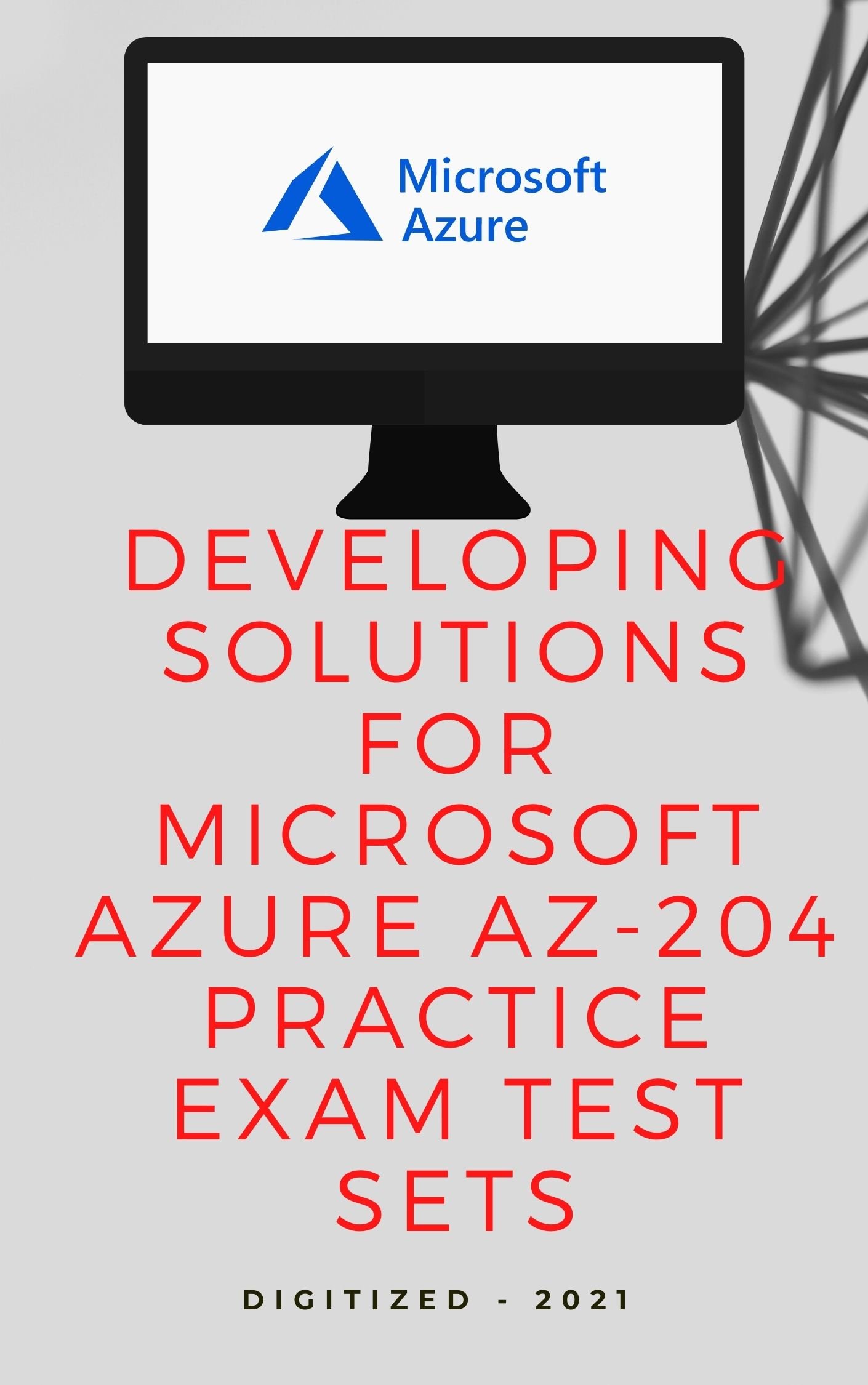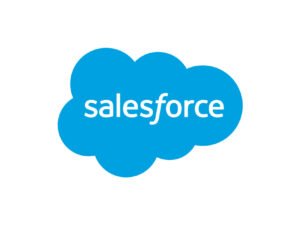Developing Solutions for Microsoft Azure AZ-204 covers the following topics –
Develop Azure compute solutions (25-30%)
Implement IaaS solutions
- Provision VMs
- Configure VMs for remote access
- Create ARM templates
- Create container images for solutions by using Docker
- Publish an image to the Azure Container Registry
- Run containers by using Azure Container Instance
- Azure Kubernetes Service (AKS) is out of scope
Create Azure App Service Web Apps
- Create an Azure App Service Web App
- Enable diagnostics logging
- Deploy code to a web app
- Configure web app settings including SSL, API, and connection strings
- Implement autoscaling rules, including scheduled autoscaling, and scaling by operational or system metrics
Implement Azure functions
- Implement input and output bindings for a function
- Implement function triggers by using data operations, timers, and webhooks
- Implement Azure Durable Functions
Develop for Azure storage (10-15%)
Develop solutions that use Cosmos DB storage
- Select the appropriate API for your solution
- Implement partitioning schemes
- Interact with data using the appropriate SDK
- Set the appropriate consistency level for operations
- Create Cosmos DB containers
- Implement scaling (partitions, containers)
- Implement server-side programming including stored procedures, triggers, and change feed notifications
Develop solutions that use blob storage
- Move items in Blob storage between storage accounts or containers
- Set and retrieve properties and metadata
- Interact with data using the appropriate SDK
- Implement data archiving and retention
- Implement hot, cool, and archive storage
Implement Azure security (15-20%)
Implement user authentication and authorization
- Implement OAuth2 authentication
- Create and implement shared access signatures
- Register apps and use Azure Active Directory to authenticate users
- Control access to resources by using role-based access controls (RBAC)
Implement secure cloud solutions
- Secure app configuration data by using the App Configuration and KeyVault API
- Manage keys, secrets, and certificates by using the KeyVault API
- Implement Managed Identities for Azure resources
Monitor, troubleshoot, and optimize Azure solutions (10-15%)
Integrate caching and content delivery within solutions
- Develop code to implement CDN’s in solutions
- Configure cache and expiration policies for FrontDoor, CDNs, or Redis caches
- Store and retrieve data in Azure Redis cache
Instrument solutions to support monitoring and logging
- Configure instrumentation in an app or service by using Application Insights
- Analyze log data and troubleshoot solutions by using Azure Monitor
- Implement Application Insights Web Test and Alerts
- Implement code that handles transient faults
Connect to and consume Azure services and third-party services (25-30%)
Develop an App Service Logic App
- Create a Logic App
- Create a custom connector for Logic Apps
- Create a custom template for Logic Apps
Implement API management
- Create an APIM instance
- Configure authentication for APIs
- Define policies for APIs
Develop event-based solutions
- Implement solutions that use Azure Event Grid
- Implement solutions that use Azure Notification Hubs
- Implement solutions that use Azure Event Hub
Develop message-based solutions
- Implement solutions that use Azure Service Bus
- Implement solutions that use Azure Queue Storage queues






